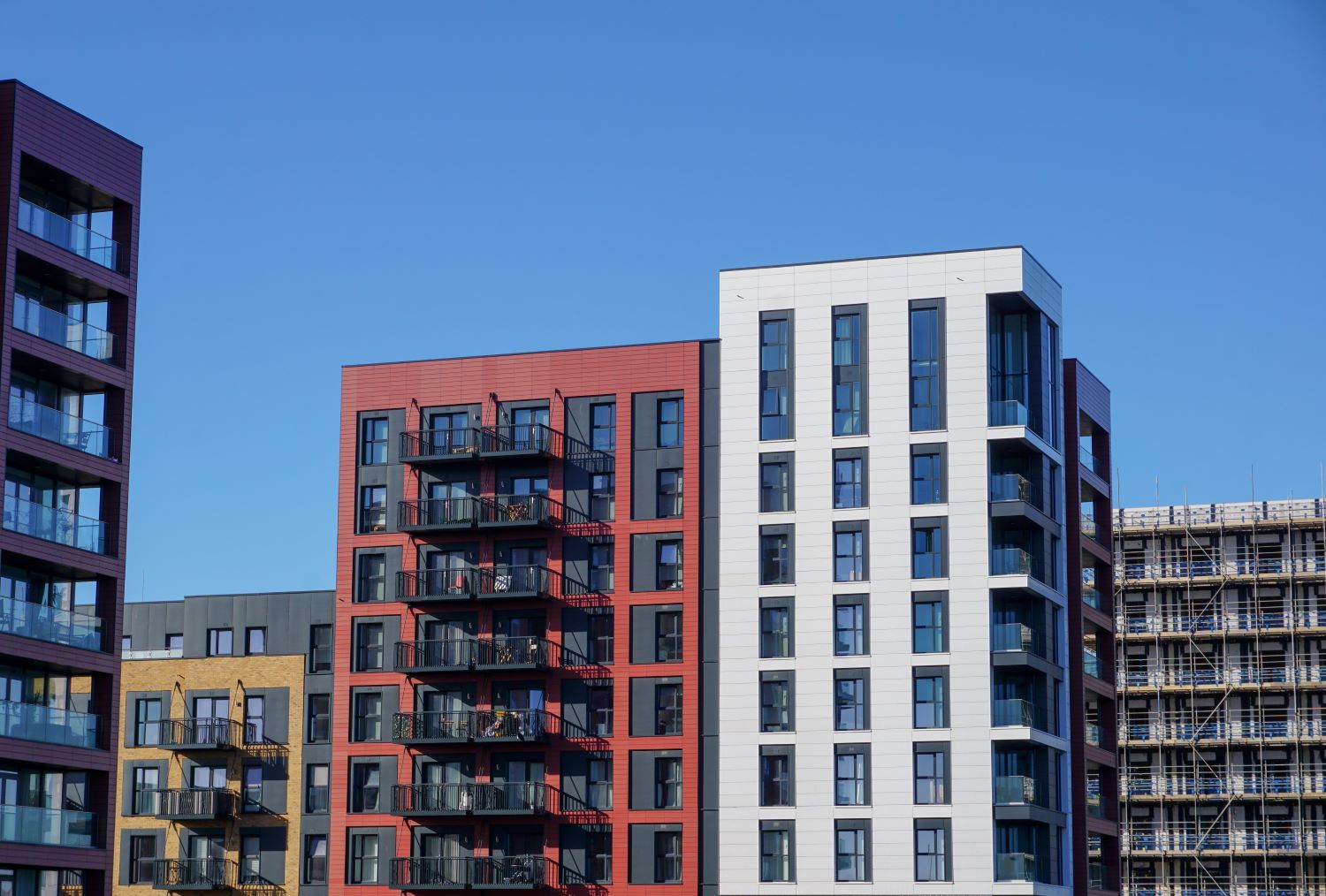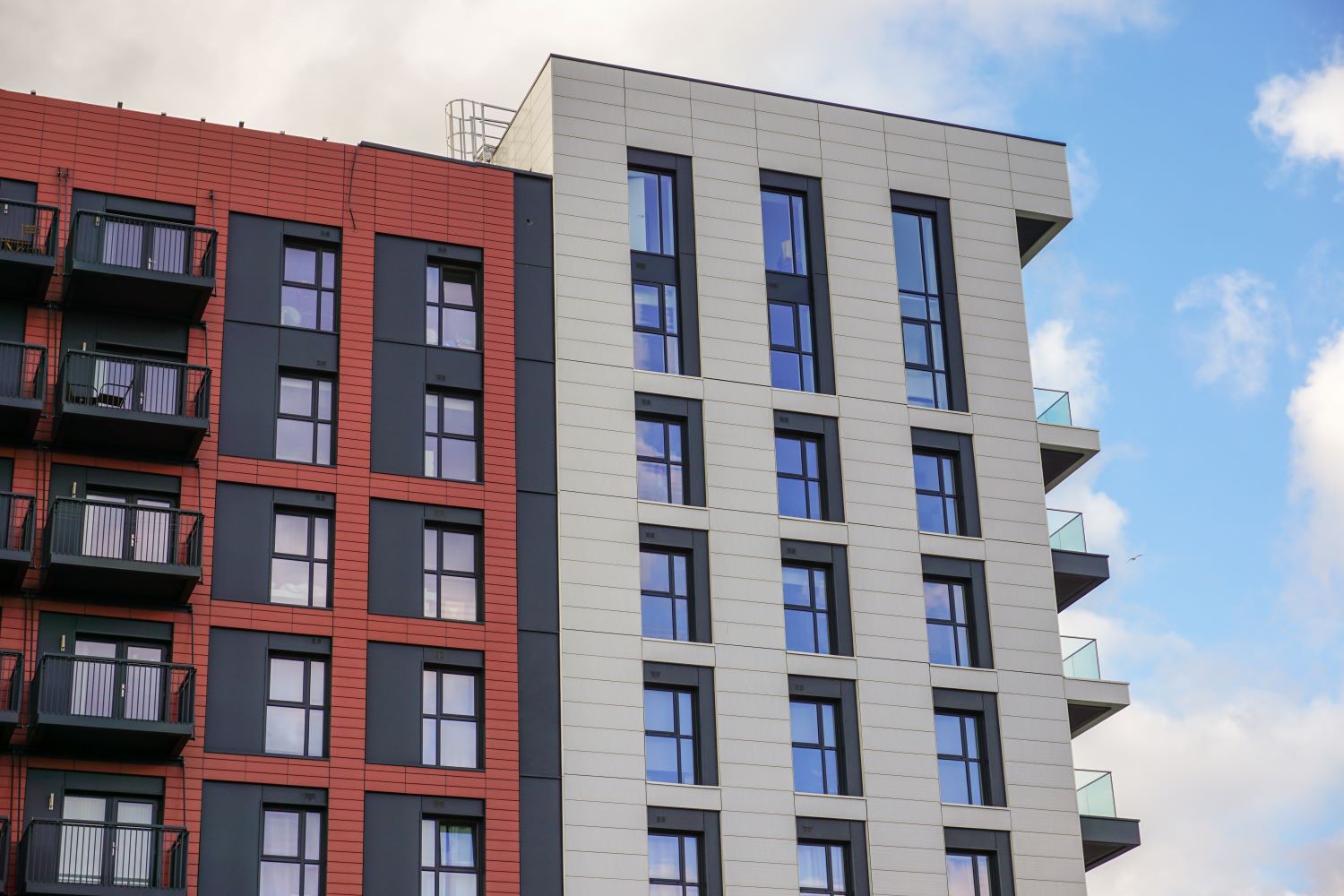The Building Safety Act 2022 has created a new legal framework for managing safety defects in residential buildings. However, a common point of confusion is who holds financial responsibility for these essential remediation works and when leaseholders can be asked to contribute through the service charge.
This guide clarifies the legal “waterfall” process that dictates how costs are recovered. We will explain when the Act applies, who is liable for payment, and the strict limits on recharging leaseholders.
When does the Building Safety Act apply?
The rules and protections of the Building Safety Act apply to “relevant buildings”. A building is considered “relevant” if it meets the following criteria:
- It is at least 11 metres tall or has a minimum of five storeys.
- It is a residential building.
If you manage a property that fits this description, you are legally required to follow the Act’s framework when dealing with historical safety defects, such as issues with cladding, fire-stopping, or the building’s structure. Crucially, you cannot pass remediation costs directly to leaseholders. You must first follow a strict order of liability known as the cost recovery waterfall.
Understanding the ‘Waterfall’: Who is responsible for costs?
The Building Safety Act establishes a clear hierarchy for who must pay for remediation works. This is known as the waterfall process.
- Government Funding & Other Parties: Before considering leaseholder contributions, managing agents must investigate other possibilities. This includes pursuing other potentially liable parties, such as original contractors, architects, or product manufacturers. You must also check if the building is eligible for government support through schemes like the Building Safety Fund or the Cladding Safety Scheme.
- The Original Developer: The first party held responsible is the developer who originally built the property. If the developer or an associated company is still trading, they are expected to cover the full cost of making the building safe. Legal tools like Remediation Orders and Remediation Contribution Orders can be used to enforce payment.
- The Freeholder/ Building Owner: If the developer cannot be pursued (for example, if they are no longer in business), the responsibility shifts to the current freeholder or building owner. The Act prevents them from passing costs to leaseholders if the freeholder is linked to the original developer or has a net worth exceeding £2 million per building. This is especially true for cladding-related defects.
Can Leaseholders Be Charged for Remediation Works?
Leaseholders can only be asked to contribute towards costs as a final resort, after all other avenues in the waterfall have been thoroughly explored. Even in this scenario, significant financial protections are in place.
- Protections for Qualifying Leaseholders: Qualifying leaseholders benefit from robust statutory protections. They may be fully exempt from cladding remediation costs if the property is their primary home and is valued below £325,000 in Greater London or £175,000 elsewhere.
- Capped Contributions: For non-cladding safety defects, contributions from qualifying leaseholders are capped. Over a ten-year period, the maximum contribution is £15,000 for those in London and £10,000 for those outside London.
- Shared Ownership: Shared owners have their contribution cap adjusted to be proportional to their equity stake in the property.
Non-qualifying leaseholders may have some liability, but managing agents must still prove they have followed the entire waterfall process before issuing any charges.
Key Responsibilities for Managing Agents
For managing agents, correctly applying the Building Safety Act is vital for legal compliance, ensuring building safety, and maintaining trust with leaseholders.
Your key duties include:
- Assess the Building: First, determine if the property is a “relevant building” to confirm if the Act applies.
- Document Everything: Keep detailed records of each stage of the waterfall process. This includes all investigations into developer and freeholder liability and any applications made for government funding.
- Justify All Charges: If you must recover costs from leaseholders via the service charge, you must be able to prove that all other statutory steps have been taken and that all leaseholder protections have been correctly calculated and applied.




